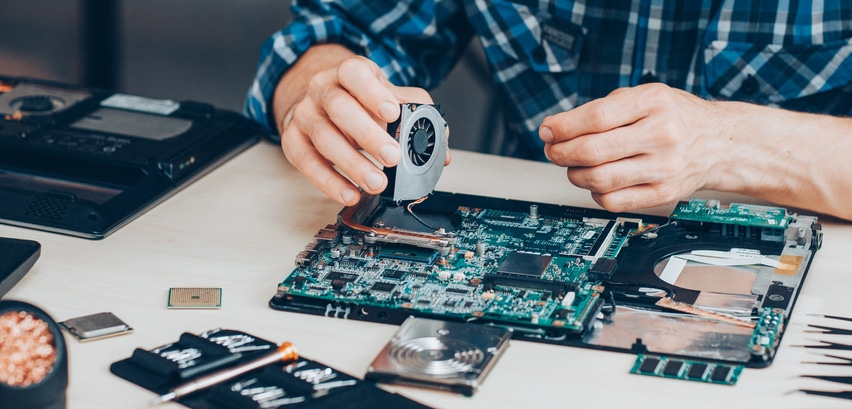In today’s rapidly advancing technological landscape, the interplay between hardware and software services is more crucial than ever. These two components form the backbone of virtually every digital device and system we use, from the simplest smartphones to the most complex enterprise servers نمایندگی اچ پی. Understanding their roles and the services associated with each is essential for anyone involved in technology, whether as a consumer, developer, or business professional.
The Role of Hardware Services
Hardware refers to the physical components of a computer system or device, such as processors, motherboards, memory, storage devices, and peripherals. Hardware services encompass a range of activities, including the installation, maintenance, repair, and upgrading of these components. The primary goal of hardware services is to ensure that the physical aspects of a system function efficiently and reliably.
- Installation and Configuration: This involves setting up physical devices, such as servers, workstations, and networking equipment, and ensuring they are correctly configured to operate within a specific environment. This can include anything from home office setups to complex data centers.
- Maintenance and Support: Hardware requires regular maintenance to ensure it operates optimally. Support services include troubleshooting issues, performing diagnostics, and replacing faulty components. Preventive maintenance, such as cleaning and updating firmware, is also part of this service to avoid potential breakdowns.
- Upgrades and Scalability: As technology evolves, hardware components need to be upgraded to maintain performance and compatibility with new software. Scalability services focus on expanding existing hardware capabilities to accommodate growth, such as adding more storage or increasing processing power.
- Disaster Recovery: In the event of hardware failure, recovery services aim to restore systems to their operational state as quickly as possible. This includes backup solutions, data recovery, and the implementation of redundant systems to minimize downtime.
The Role of Software Services
Software refers to the programs and operating systems that run on hardware, enabling it to perform specific tasks. Software services cover the development, deployment, management, and support of these programs. The objective is to ensure that software is aligned with user needs, remains secure, and is updated regularly.
- Software Development and Customization: This involves creating new software applications or customizing existing ones to meet specific business or user requirements. Development services often include the entire software lifecycle, from initial design and coding to testing and deployment.
- Implementation and Integration: Implementing software solutions requires careful planning to ensure seamless integration with existing systems. This service often includes data migration, system configuration, and user training to ensure a smooth transition.
- Support and Maintenance: Ongoing support is vital to keep software running smoothly. This includes providing updates, patches, and bug fixes, as well as offering technical assistance to resolve user issues. Regular maintenance ensures that software remains secure and performs optimally.
- Cloud and SaaS Solutions: With the rise of cloud computing, many software services now focus on delivering applications via the internet. Software as a Service (SaaS) provides users with access to software hosted in the cloud, eliminating the need for local installation and reducing hardware dependency.
- Security and Compliance: Software services also encompass security measures to protect against cyber threats. This includes implementing firewalls, antivirus programs, and encryption, as well as ensuring compliance with industry standards and regulations.
The Synergy Between Hardware and Software
While hardware and software services can be distinct, their interdependence is what drives technological innovation. The performance of software is inherently tied to the capabilities of the hardware it runs on, and conversely, hardware is designed to meet the demands of modern software. For businesses, aligning hardware and software services is crucial for maximizing efficiency, reducing costs, and enhancing overall productivity.
